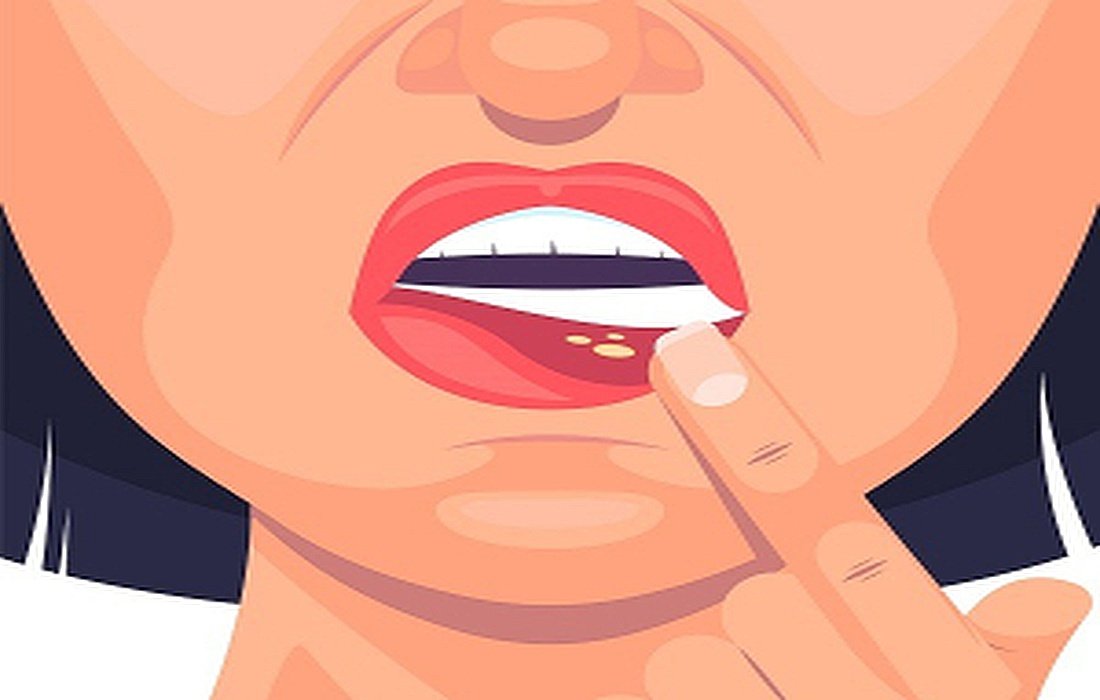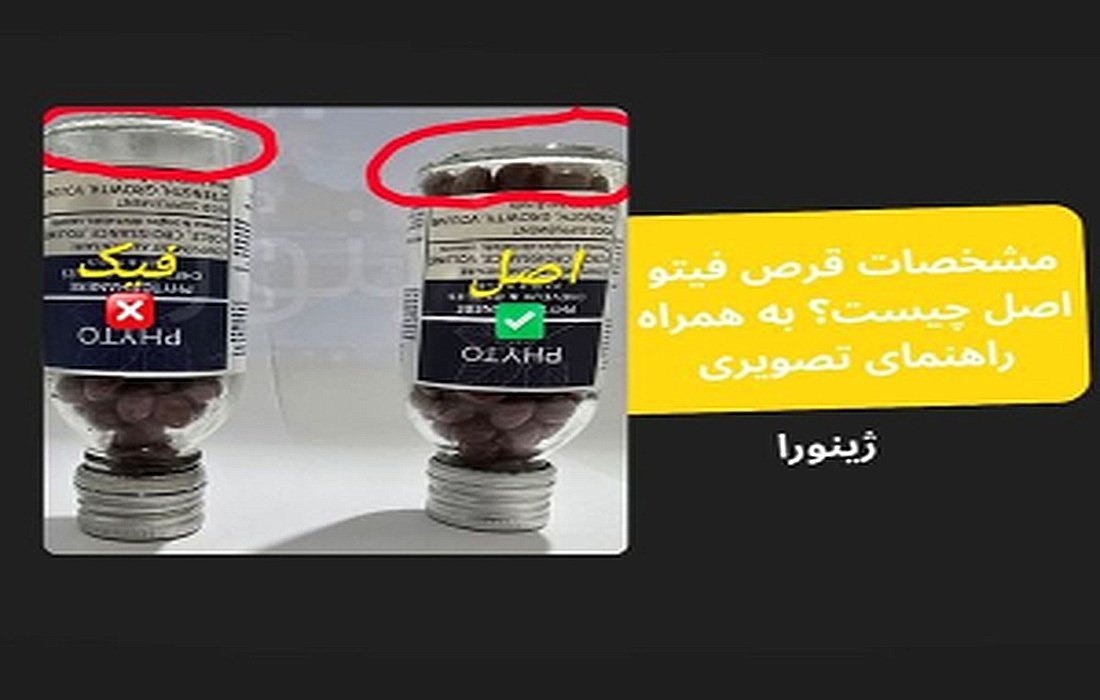Knowing the differences between mouth ulcers and oral warts helps you to take timely and correct action for treatment. In this article, we will carefully examine the differences. For more accurate information, you can also see adental specialistto get a professional diagnosis of your condition and start the treatment process.
What is a mouth ulcer?
A mouth ulcer is a painful, small sore that usually appears on the inside of the lips, cheeks, under the tongue, or gums. These lesions are often single or multiple and appear as round or oval shapes.
Their colors are usually white or gray, surrounded by a red ring. The exact cause of mouth ulcers is not fully understood, but many factors contribute. Some of the main causes include:
- Stress and anxiety
- Trauma or injury to the mouth (such as accidental biting of the cheek or using a hard toothbrush)
- Hormonal changes (especially in women)
- Vitamin and mineral deficiencies like vitamin B12, iron, or zinc
- Allergies to certain foods (such as chocolate, coffee, or spicy and acidic foods)
What is an oral wart?
Oral warts (or Oral Warts) are flesh-colored, non-cancerous lesions that grow in various parts of the mouth, including the tongue, lips, gums, palate, and inside the cheeks. These lesions typically have a small, soft bump with a surface resembling cauliflower or strawberries.
Their color can be pink, white, or the same color as the surrounding tissues. Oral warts are often painless and may appear alone or in groups.
The main cause of oral warts is the human papillomavirus (HPV). Transmission of HPV to the mouth and the formation of oral warts mainly occurs through direct contact with an infected person. The most common transmission methods are:
- Oral sex: The most common way to transmit HPV to the mouth is through oral sex with an infected person. HPV can reside in the genital or throat area and spread through this contact.
- Skin contact: Direct contact of the mouth with skin lesions or active warts on the hands, lips, or other parts of the infected person’s body can also transmit the virus.
- Shared use of personal items: Although rare, there is a possibility of virus transmission through items like toothbrushes, lipsticks, razors, or eating utensils that contact an infected person’s mouth. Therefore, personal hygiene and using dedicated personal items are very important.
- Mother-to-child transmission: In very rare cases, HPV may be transmitted from an infected mother to her baby during childbirth.

Key differences between mouth ulcers and oral warts
The most important difference is that an ulcer is a painful, non-contagious sore that usually heals quickly, whereas a wart is a painless, contagious lesion that remains for a longer time.
A mouth ulcer forms temporarily due to internal or external factors, but a wart results from a viral infection. Below is a table to better understand the differences between these two:
| Feature | Mouth Ulcer | Oral Warts |
| Cause | Unknown (potential factors like stress, injury, vitamin deficiency) | Human papillomavirus (HPV) |
| Appearance | Round or oval sore with a white or gray center and a red border | Cauliflower-like growth, soft, pink or white in color |
| Pain | Highly painful, especially when eating or talking | Usually painless |
| Contagious | Non-contagious | Contagious through direct contact |
| Duration | Usually 7-14 days and heals on its own | Can last for months or even years |
| Common sites | Inside the lips, cheeks, under the tongue, gums | Any location in the mouth (tongue, lips, gums, palate) |
When to see a doctor?
Although most ulcers heal on their own, sometimes it is necessary to visit a doctor. If you observe any of the following, see a dental specialist:
- If an ulcer or wart does not heal after two weeks.
- If the lesion is very large and painful, making eating and drinking difficult.
- If the ulcer or wart keeps recurring and appears again in a short time.
- If you have a fever or other symptoms like swollen lymph nodes along with the lesion.
- If you’re unsure whether the lesion is an ulcer or a wart, it’s best to consult a doctor for an accurate diagnosis.
Summary
Although mouth ulcers and oral warts often occur in similar areas, they are completely different conditions. An ulcer is a painful, non-contagious sore usually caused by stress or injury and heals quickly.
In contrast, a wart is a painless, contagious lesion caused by HPV that can last for a long time. Recognizing these differences helps you to seek timely treatment if needed and maintain your oral health.







